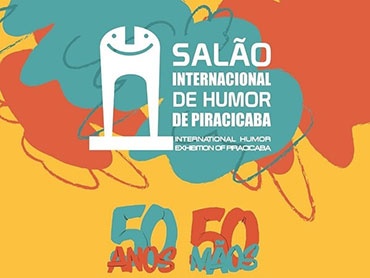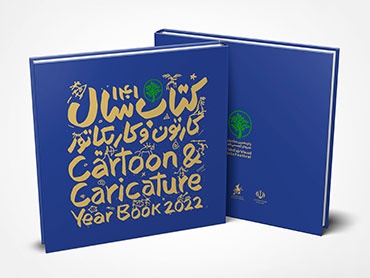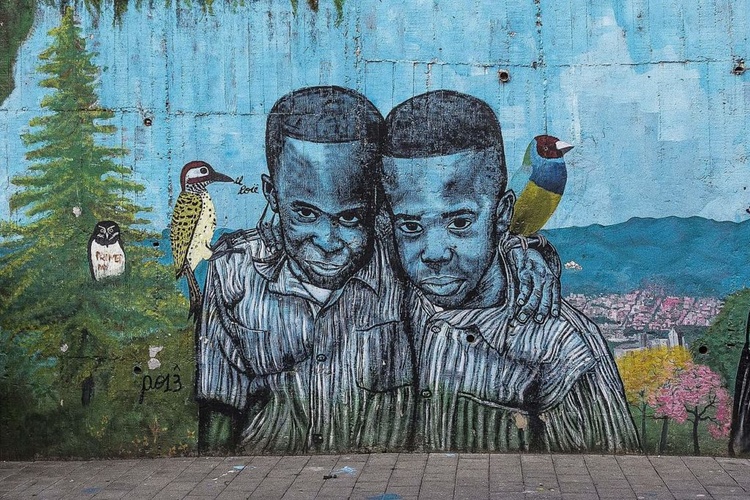
Street Art in Latin America
While art galleries can be silent and restricted spaces, the streets of Latin America pulsate with a democratic, vibrant, and sometimes transgressive artistic expression. Street art in the region is not merely decorative; it is a social mirror, a cry of resistance, a celebration of identity, and a public diary of the complexities of a continent marked by contrasts.
More than graffiti or tagging, Latin American urban art is a profound cultural phenomenon that directly engages with the history, politics, and soul of its people.
From Ancient Walls to Modern Murals: A Legacy of Resistance
Latin America's relationship with expression in public spaces is not new. It dates back to Mayan inscriptions and the political murals of post-revolutionary Mexico, led by giants such as Diego Rivera, David Alfaro Siqueiros, and José Clemente Orozco. These murals, commissioned by the state, had a clear educational and nationalist objective, telling the story and aspirations of the people to a broad and often illiterate audience.
In the second half of the 20th century, with the rise of military dictatorships in countries like Argentina, Brazil, and Chile, walls became a channel for silent protest. Political graffiti, symbols of resistance, and coded messages appeared at night, defying censorship and repression. It was a risky art, a way to exist and resist when voices were silenced.
With redemocratization and the global influence of hip-hop and punk culture in the 1980s and 1990s, street art evolved, incorporating new techniques, aesthetics, and purposes.
Characteristics that Define the Scene
Latin American street art is incredibly diverse, but some characteristics are recurrent:
1. Strongly Figurative and Narrative: Unlike some more abstract European or North American scenes, Latin American art often tells a story. Faces, bodies, scenes from daily life, and representations of historical or mythological figures populate the walls.
2. Explosion of Color: Influenced by the intense light and vibrant landscape of the continent, the color palette is bold and saturated. There is no fear of sunny yellow, turquoise blue, or passionate red.
3. Fusion between Tradition and Contemporaneity: It is common to see elements of folklore, pre-Columbian art, and magical realism coexisting with hyper-realistic portraits, sharp social criticism, and modern animation aesthetics.
4. Social and Political Content: Inequality, violence, migration, the struggle for indigenous rights, and historical memory are central themes. Art functions as a thermometer of social unease and hopes.
5. From Stencil to Monumental Muralism: The scene is technically and dimensionally diverse. It ranges from quick and ironic stencils, inherited from the need for rapid expression, to gigantic murals that completely transform the urban landscape, often resulting from international festivals that legitimize public art.
Epicenters of Urban Creativity
Some cities have become true world capitals of street art:
· São Paulo, Brazil: Known for its chaotic energy and its immensity of concrete, São Paulo is a laboratory of styles. From the vertical and aggressive graffiti, unique in the world, to the giant murals of artists such as Os Gêmeos, Nunca and Kobra, the city is an open-air gallery of contrasts.
· Buenos Aires, Argentina: Neighborhoods like Palermo and Colegiales are open-air museums. Buenos Aires art often carries a melancholic and poetic tone, reflecting on identity, the memory of the dictatorship, and a passion for tango.
• Mexico City, Mexico: A direct heir to muralism, the Mexican capital breathes public art. The Roma-Condensa neighborhood and the Historic Center display works ranging from surrealism to powerful social activism, often with strong references to indigenous culture.
• Valparaíso, Chile: The amphitheater city, with its slopes and colorful houses, has a symbiotic relationship with street art. The walls of Valparaíso are canvases that dialogue with the sea, the sky, and the peculiar architecture, creating a magical and unique setting.
• Lima, Peru: In neighborhoods like Barranco, street art flourishes with Andean colors and motifs, mixing the old and the new in a reflection on the constantly transforming Peruvian identity.
Between Criminalization and Institutionalization
The path of street art in Latin America is paradoxical. On the one hand, it is still frequently associated with vandalism and combated by the authorities. On the other hand, many of its exponents have achieved international recognition, are hired by major brands, and have their works valued in the art market.
This process of "institutionalization" generates heated debates: by being accepted by the "system," does street art lose its transgressive essence? Or is this acceptance a victory, a way of legitimizing a voice that has always been there, but which was previously only silenced?
Conclusion: The Voice That Cannot Be Silenced
Street art in Latin America is the living canvas where the dreams, angers, memories, and colors of a continent are projected. It is an act of reclaiming public space, an affirmation that the city belongs to the people. It is a universal language that needs no translation, capable of moving, disturbing, and inspiring.
Walking through its cities is to immerse oneself in a continuous and unfinished visual narrative, where each wall has a story to tell. It is proof that, even in the most challenging contexts, human creativity not only survives, but flourishes with unparalleled strength and beauty, transforming the gray of concrete into a kaleidoscope of resistance and hope.
Latamarte

- December 23, 2025
AtEdge | Summer 2022
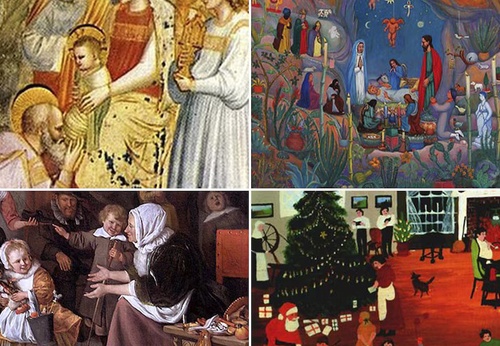
- December 23, 2025
Sacred Art Celebrates Christmas Through Its Works
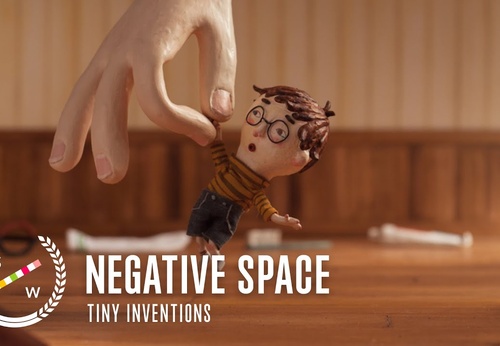
- December 23, 2025
Negative Space | Oscar Nominated Stop-Motion Animation Short Film

- December 23, 2025
Gaza's harsh winter..

- December 23, 2025
Space Drawing Perspective by Dongho Kim

- December 23, 2025
Victor Moriyama - Brazil
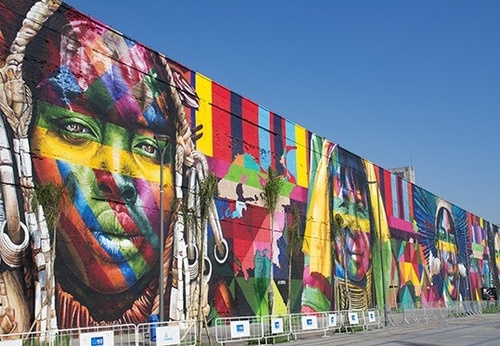
- December 23, 2025
Urban Art in Latin America
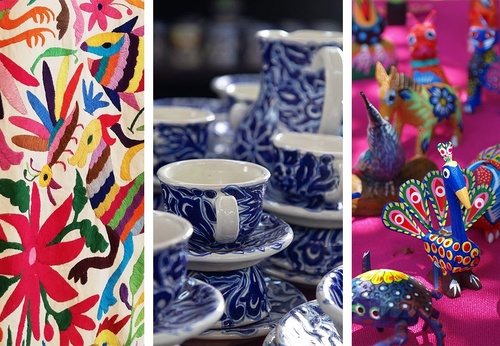
- December 23, 2025
Folk Art in Indigenous Communities of Latin America
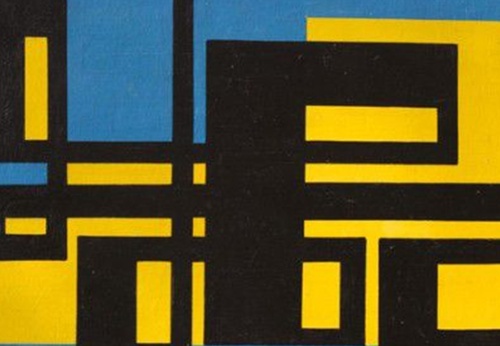
- December 22, 2025
MACA Inaugurates Exhibitions of Fontana and Uruguayan Modern Art

- December 23, 2025
Urban Art in Latin America

- December 23, 2025
Folk Art in Indigenous Communities of L…

- December 22, 2025
Graffiti as a Social and Political Lang…

- December 22, 2025
Graffiti – From the Street to Contempor…

- December 21, 2025
Contemporary Art and New Visual Narrati…

- December 21, 2025
Latin American Visual Art as a Space of…

- December 20, 2025
Painting in the Americas: Origins and E…

- December 20, 2025
Key Latin American Artists in the Anti-…

- December 18, 2025
Artistic Movements and Expressions of R…

- December 18, 2025
Art and Anti-Imperialism in Latin Ameri…

- December 17, 2025
Visual Art in El Salvador: Between Memo…

- December 17, 2025
Visual Art in Cuba: A Window to Identit…

- December 16, 2025
Visual Art in Colombia: Diversity, Memo…

- December 16, 2025
Visual Art in Venezuela: Modernity, Ide…

- December 15, 2025
Visual Art in Paraguay: Tradition, Memo…

- December 14, 2025
Visual Art in Chile: Memory, Critique, …

- December 14, 2025
Visual Art in Bolivia: Ancestry, Resist…

- December 13, 2025
Visual Art in Peru: Ancestral Tradition…

- December 13, 2025
Visual Art in Argentina: Identity, Memo…

- December 11, 2025
The Visual Arts in Mexico: Between Myth…

- August 29, 2023
The history of Bolivian art

- February 19, 2024
Analysis and meaning of Van Gogh's Star…

- January 28, 2024
Culture and Art in Argentina

- September 25, 2023
What is the importance of art in human …

- September 23, 2023
What is paint?

- August 23, 2023
The 11 types of art and their meanings

- August 10, 2023
14 questions and answers about the art …

- September 23, 2023
Painting characteristics

- August 30, 2023
First artistic manifestations

- January 12, 2024
10 most beautiful statues and sculpture…

- September 23, 2023
History of painting

- March 26, 2024
The importance of technology in art1

- March 26, 2024
Cultural identity and its impact on art…

- July 13, 2024
The impact of artificial intelligence o…

- April 07, 2024
Graffiti in Latin American culture

- April 02, 2024
History visual arts in Brazil

- August 16, 2023
The 15 greatest painters in art history

- April 06, 2024
History of visual arts in Ecuador

- October 18, 2023
History of sculpture

- November 21, 2024
The Role of Visual Arts in Society

- February 19, 2024
Analysis and meaning of Van Gogh's Star…

- August 13, 2023
9 Latino painters and their great contr…

- August 23, 2023
The 11 types of art and their meanings

- August 10, 2023
14 questions and answers about the art …

- August 27, 2023
15 main works of Van Gogh

- August 29, 2023
The history of Bolivian art

- January 28, 2024
Culture and Art in Argentina

- November 06, 2023
5 Latin American artists and their works

- September 23, 2023
Painting characteristics

- September 23, 2023
What is paint?

- September 25, 2023
What is the importance of art in human …

- March 26, 2024
Cultural identity and its impact on art…

- August 30, 2023
First artistic manifestations

- December 18, 2023
10 iconic works by Oscar Niemeyer, geni…

- January 20, 2024
What is the relationship between art an…

- January 12, 2024
10 most beautiful statues and sculpture…

- August 24, 2023
The most famous image of Ernesto "Che" …

- October 30, 2023
Characteristics of Contemporary Art

- May 26, 2024
Técnicas de artes visuais

- August 22, 2023

